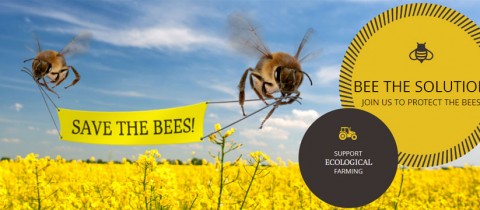I don’t know a whole lot of transgenic foods, but I think there’s something wrong, anyway, in adding salmon fish genes to say, whatever plant my tortilla chips are produced from in order to make those plants not as susceptible to some disease or pest, or more likely to grow in a certain way or at a certain rate of speed. I don’t want to argue with people who say, “You can’t impede commerce and every part of the world has to be somebody’s commercial oyster.” Those people are wrong, but I don’t care to argue with them.
However, I do think that we, the people, should know when weird stuff is implanted in the foods we consume thinking we’re eating something we’re familiar with and that’s naturally derived. I am so not alone in my thinking. By the way, transgenic and GMO are terms for the same practice – modifying the genes of one form of life with a gene from a different life form. U-T San Diego reports,
In a nationwide telephone poll conducted in October 2010 by Thomson Reuters and National Public Radio, 93 percent said if a food has been genetically engineered or has genetically engineered ingredients, it should say so on its label — a number that has been consistent since genetically modified crops were introduced. FDA guidelines say that food that contains genetically modified organisms, or GMOs, does not have to say so and can still be labeled “all natural.”
In California, voters in November will decide on a ballot initiative requiring the labeling of such foods.
In October, an online campaign called Just Label It began collecting signatures and comments on a petition to the FDA, requesting rules similar to those in the European Union, Japan, China, India and Australia, stating what transgenic food is in the package.
and Natural Society’s Feb 1 2012 article shows Vermont is taking the GMO labeling issue seriously as well.
Vermont has taken the initiative against Monsanto and other biotechnology corporations in launching new legislation that would require the labeling of products containing genetically modified ingredients. The bill, known as the ‘VT Right to Know Genetically Engineered Food Act’, was introduced to the Vermont House of Representatives by Representative Kate Webb of Shelburne on February 1st, 2012. The bill would require the labeling of not only products filled entirely with GMOs, but also for those partially created using GM ingredients.
My friend Lenny Thomas attributes the death of honey bees to genetically modified crops. What do you think, New Jersey, should we get a movement like this started in our state?
